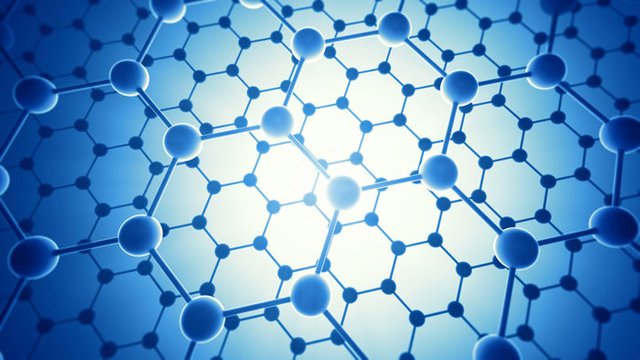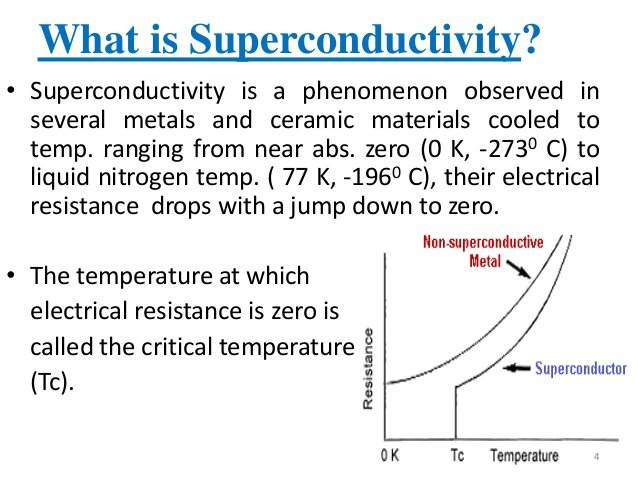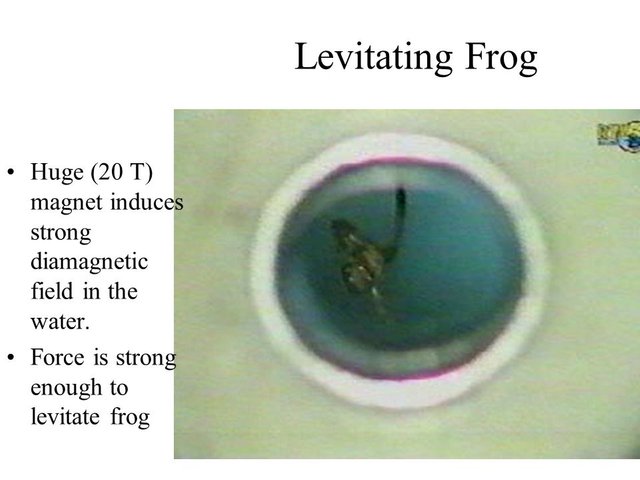Weird Science! : Room Temperature Superconductors Mystery Solved?

Superconductors are one of those things we hear a lot about, but never see much in practice.
Perhaps the most common superconductors are those used in MRI machines.
Unfortunately these things must be cooled to very close to absolute 0 and the most powerful ones require very expensive liquid helium.
I'll be doing a post in conjunction with Dr Padilla @imaxess on MRIs and how they work, but while doing my homework I found something exciting I thought I'd share.
But first off what the heck is a superconductor?

A superconductor is any material which can mobilize electrons without resistance.
You see everything you and I are accustomed to in our day to day lives possess resistance. This resistance impedes the flow of electrons and wastes energy as heat.
Electronics produce heat because of resistance, remove resistance from the equation and energy that is lost to the environment is retained within the pathway of the current. This means lower voltages, higher efficiencies, stronger fields.
But superconducting does some other interesting things as well. Most materials that are superconducting when cooled, are not magnetic at all at room temp. Yet the magnetic field within a super conductor is as much as 10,000x stronger than in a normal conductor. This has a tendency to make things that are not normally magnetic such as frogs, suddenly very magnetic.

We've known about superconductors since the 1950s. Our current best theories state that this resistance free action is possible because electrons are mobilized in pairs. These are called "cooper pairs" and the easiest way to envision them is that the electrons are acting like square dancers doing a "do si do" across the dancefloor.
But the temperature at which this occurs has thus far been unpredictable. Until we try to supercool a material we don't know when this pairing up will occur, meaning we have to try various combinations of materials and temperatures in order to find even marginal improvements.
Now Brookhaven National Laboratory has found something new and unexpected.
To figure out the mystery of "high-temperature" superconductivity in the cuprates, scientists need to understand how the electrons in these materials behave. Bozovic's team has now solved part of the mystery by determining what exactly controls the temperature at which cuprates become superconducting.
The standard theory of superconductivity says that this temperature is controlled by the strength of the electron-pairing interaction, but Bozovic's team has discovered otherwise. After 10 years of preparing and analyzing more than 2,000 samples of a cuprate with varying amounts of strontium, they found that the number of electron pairs within a given area (say, per cubic centimeter), or the density of electron pairs, controls the superconducting transition temperature. In other words, it's not the forces between objects that matter here, but the density of objects—in this case, electron pairs.
This is huge news. What it means in effect, is that the material forms these pairs naturally, and that while heat can interfere with the process, if we can find a way to construct materials where more pairs form, per unit of volume, then the temperature won't make so much of a difference and the strength of the force giving rise to this peculiar activity will eventually overwhelm the noise from excess temperature.
Essentially, they have demonstrated that superconductors have more to do with the particular arrangement of atoms than with the specific temperature of those atoms. So not only are room temperature superconductors possible, but superconductors that can withstand much higher temperatures, such as standing in direct sunlight are also possible.
Why do the dancers, or electrons, pair up in the first place?
Answering that question is the now the next frontier!
Perhaps my mom was right and Country Music is what makes the world go around...
Nah!
Additional Reading:
http://phys.org/news/2016-08-scientists-uncover-high-temperature-superconductivity-copper-oxide.html
http://www.extremetech.com/extreme/213816-lithium-doping-turns-graphene-into-a-superconductor
This post is 100% Steempower
https://steemit.com/steemit/@williambanks/vote-for-this-simple-change-to-the-ui-and-take-the-dollar-a-vote-pledge
me gusto
Superconductors allow us to avoid tons of heavy cables at CERN :)
Been meaning to ask how those superconducting cables work.
Seems that liquid helium or even liquid nitrogen would break the insulation on the wires. Guess it's not just super cooled copper cabling so what exactly are those things made of and will they help the phonons in my high end audio gear sound better ;)
Materials are important after all...
'electrons' don't exist - 'Magnetics' and 'gravity' are the same basic effect.
you can approach room temp superconductivity with high frequency resonant systems - (which is technology humans already have) also see this article about the '4th state of water' inside Crystals.
Bizarre fourth state of water discovered
http://newatlas.com/fourth-state-of-water/42999/
water in this config has the ability to 'Quantum tunnel' which by default is room temp 'superconductivity.' (under the correct conditions)
Electrons don't exist? Seems to me they're doing everything they're predicted to do.
Your article says nothing about superconductivity, it merely mentions that water in tight spaces when bombarded with neutrons exhibits electron tunneling. This is really neat, but pretty much rules out your theory there because when we say quantum tunneling, electrons are the energy "quanta" doing the tunneling.
You sure you linked the correct article?